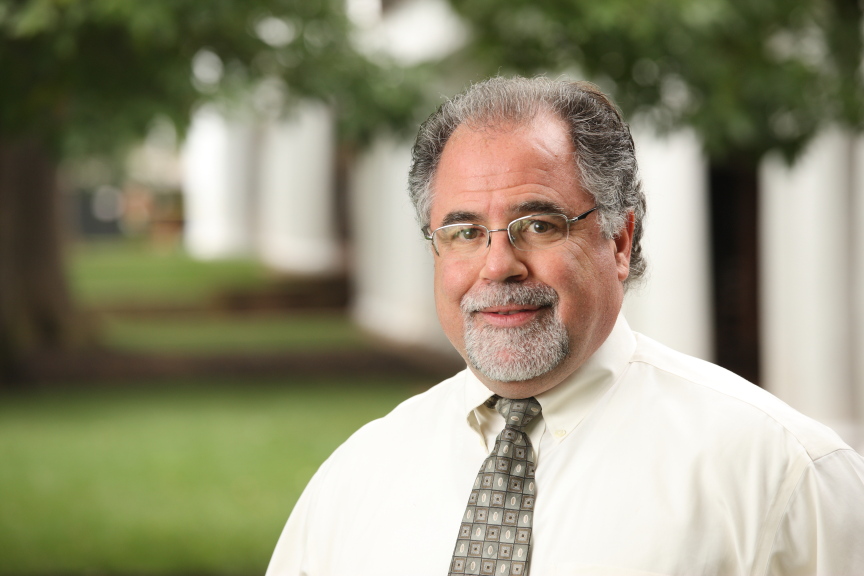Moving to the University of Virginia this fall was the next logical step in George Christ’s evolution as a researcher. He holds joint appointments in the School of Engineering and Applied Science’s Department of Biomedical Engineering and in the Department of Orthopedic Surgery in the School of Medicine, where he is director of basic science and translational research.
Trained as a physiologist and pharmacologist, Christ spent the early years of his career at Mount Sinai Medical Center and the Albert Einstein College of Medicine in New York, where he focused on molecular mechanisms that cause tissue to lose function over time.
A tissue is a group of cells that have a similar shape and function, forming different organs from the skin to cartilage to the liver.
Christ became interested not simply in preventing the often-asymptomatic decline of function, but also recovering it as it is lost, expanding his scope to include congenital defects, such as cleft lip, and the effects of trauma. This led him to Wake Forest’s Institute for Regenerative Medicine. “I wanted to raise the bar for therapeutic applications from being palliative to being curative,” he said.
At Wake Forest, Christ’s research took him in a number of related directions. He has been inspired by the remarkable regenerative response that other creatures exhibit. “You can remove 80 percent of an adult rodent’s bladder, and it will grow back in 12 weeks and be bioequivalent,” Christ said. “If I could find out how a normal adult bladder regenerates, I might eventually have a roadmap for creating new functional tissue for the bladder as well as more complicated organs and tissues.”
Christ’s research also led him to the Armed Forces Institute of Regenerative Medicine, which is dedicated to advanced treatment options for severely wounded servicemen and women. Christ is part of its craniomaxillofacial reconstruction program, which draws on the combined expertise of specialists in different tissues to develop complex, multitissue composites for restoring function to wounded warriors.
He has developed a series of muscle repair technologies to address volumetric muscle loss injuries – instances in which muscle loss is so significant that the body cannot heal itself. He is also designing a treatment for cleft lip in adults that has the potential to serve as a meaningful prototype for more extensive facial repairs. Clinical trials of this technique may begin as early as 2015.
“We’re not making muscle in a dish at this point,” he said. “We’re using muscle progenitor cells to create a muscle repair technology that accelerates functional recovery of muscle contraction in vivo.”
At U.Va., Christ sees the chance to work with collaborators who could complement and extend his expertise. For instance, if he were to advance beyond the small volume of tissue required to repair cleft lip, he would need expertise in such fields as multiscale modeling, muscle mechanics, angiogenesis, molecular-level analysis and vascular imaging. U.Va. has world-class programs in all of these areas.
“The biomedical engineering department is a great fit for me,” he said.
His initial focus will be on orthopedic applications. “Much of the expertise that could help take the technology to the next level is right here. And with the whole entrepreneurial mindset of the U.Va. community, there is an opportunity to create a transformational research enterprise in muscle repair that has a natural flow to it,” he said.
-- by Charlie Feigenoff
Media Contact
Article Information
November 2, 2014
/content/biomedical-engineer-focuses-restoring-and-regenerating-body

